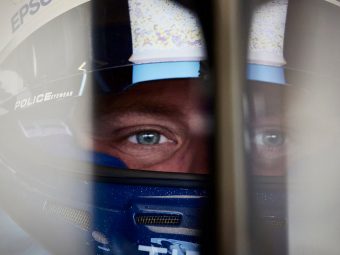Porpoising is unique to Formula One ground effect cars. It is such a complex aerodynamic subject that even the best brains in F1 didn’t quite understand how to counteract the extreme forces generated by ground effect aero. In very basic terms, ground-effect cars get sucked into the ground thereby generating huge levels of downforce.
Ground effect was first pioneered by Lotus F1 in the 1980s only later to be banned a few years later. It returned for the 2022 season. To generate ground effect forces the cars use specially designed floors. That is why in this new era F1 cars need to run as low to the ground as possible.
However, the new generation of F1 engineers had no experience with porpoising which is bouncing caused by unstable high-speed air stalling as it rushes under the floor of the car. Only Red Bull and to some extent Ferrari managed to eliminate porpoising.
Mercedes got their calculations wrong and have been aerodynamically playing catch-up all season. Indeed, porpoising has crippled Mercedes’ 2022 season, but they are starting to understand what is going on and finding solutions.
However for Mercedes, the 2022 season was over in the first race, Red Bull and Max Verstappen have dominated in the Adrian Newey-designed RB18. YouTuber and former F1 engineer, Kyle.Engineers explains how the 2022 F1 rules caused a lot of head scratching among some of the best F1 engineers.








